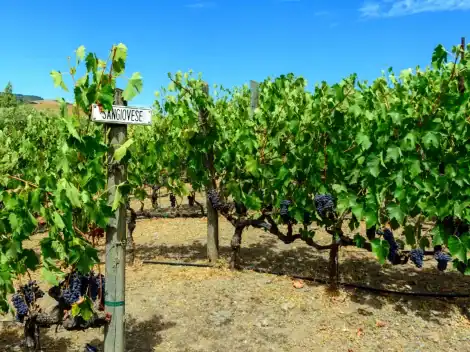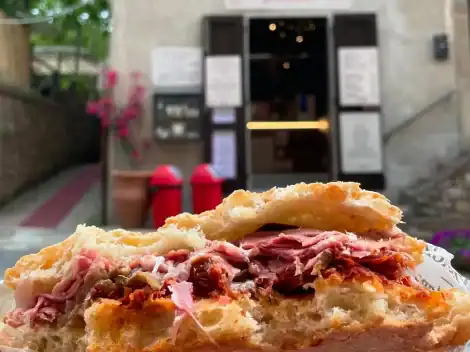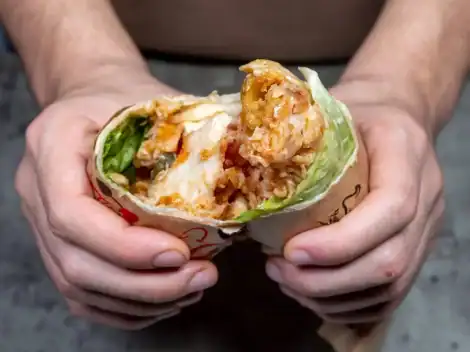It’s Almost Here. Donald Trump has once again raised the prospect of imposing "25% customs tariffs" on the European Union. He made the announcement during the first Cabinet meeting of his new administration, taking aim—as he had promised during his election campaign—at the Old Continent with a strong statement: "I love European countries, in all their diversity, but the European Union was designed to deceive the United States. But now, I am in charge."
Trump has put the US trade deficit with the EU at $300 billion, a figure that Brussels has revised down to approximately $50 billion. The EU, however, has already declared its readiness to respond "firmly", as stated by Executive Vice President Stéphane Séjourné in a post on X, where he described the tariffs as "unjustified."

Half a billion euros for wine
During the Cabinet meeting, the US President did not specify when the tariffs would take effect ("they will arrive very soon") nor which specific sectors would be affected—except for the automotive industry. However, the Italian agri-food sector is deeply concerned about this new wave of tariffs, which now seems increasingly imminent. During Trump’s first presidency, Italy’s wine industry was spared from tariffs, which were later suspended under the Biden administration.
Following estimates from Unione Italiana Vini, Coldiretti has also attempted to quantify the impact on different sectors:
- Nearly €500 million for wine
- Around €240 million for olive oil
- €170 million for pasta
- €120 million for cheese
In total, these tariffs could cost the Made in Italy agri-food sector €2 billion.
A heavy blow for US consumers too
From the perspective of US consumers, the imposition of tariffs on European goods is expected to lead to a decline in sales. According to Coldiretti, a 25% tariff on Italian agri-food exports could add up to €2 billion in extra costs.
An analysis based on Istat data shows that tariffs imposed during Trump's first presidency (2019-2020) led to significant declines in Italian exports:
- -15% for fruit
- -28% for meat and processed seafood
- -19% for cheese and jams
- -20% for liqueurs
Even wine, though initially exempt from the tariffs, suffered a 6% decline in exports.
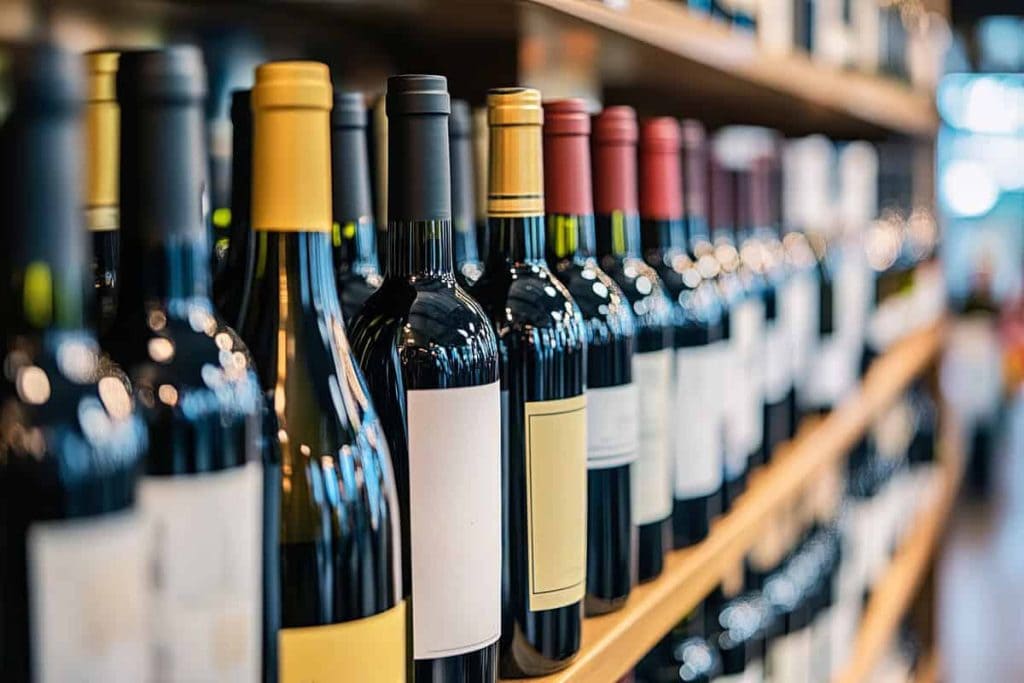
Diversifying trade opportunities
Meanwhile, the EU is looking to diversify its markets. Beyond the Mercosur agreement—which must still be debated in the European Parliament and Council (with Italy remaining sceptical) after the signing of the deal in Montevideo between European Commission President Ursula von der Leyen and the leaders of Argentina, Brazil, Paraguay, and Uruguay—Brussels is also strengthening ties with India.
High-level diplomatic meetings are set to take place on 27-28 February to redefine the roadmap for a free trade agreement that could open up new markets, reducing reliance on the US—especially in the event of a trade war. The EU and India, strategic partners since 2004, began negotiating a trade deal in 2007. Talks stalled in 2015 but resumed in 2022. Bilateral trade now exceeds €137 billion.

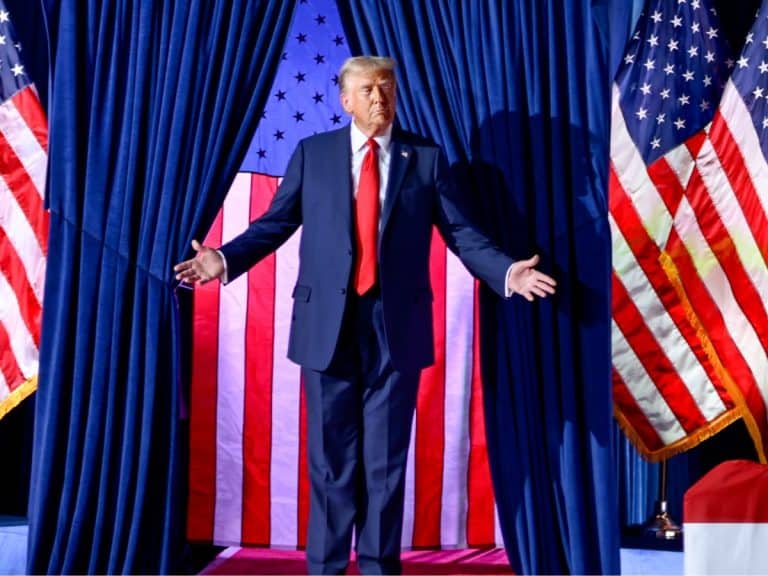
 “In Chianti, warehouses are full and prices are falling”. The economic crisis of Tuscan wine explained by Giovanni Busi
“In Chianti, warehouses are full and prices are falling”. The economic crisis of Tuscan wine explained by Giovanni Busi US tariffs will take effect on 1 August for everyone (including wine). Prosecco DOC: “it’s impossible to plan for the future
US tariffs will take effect on 1 August for everyone (including wine). Prosecco DOC: “it’s impossible to plan for the future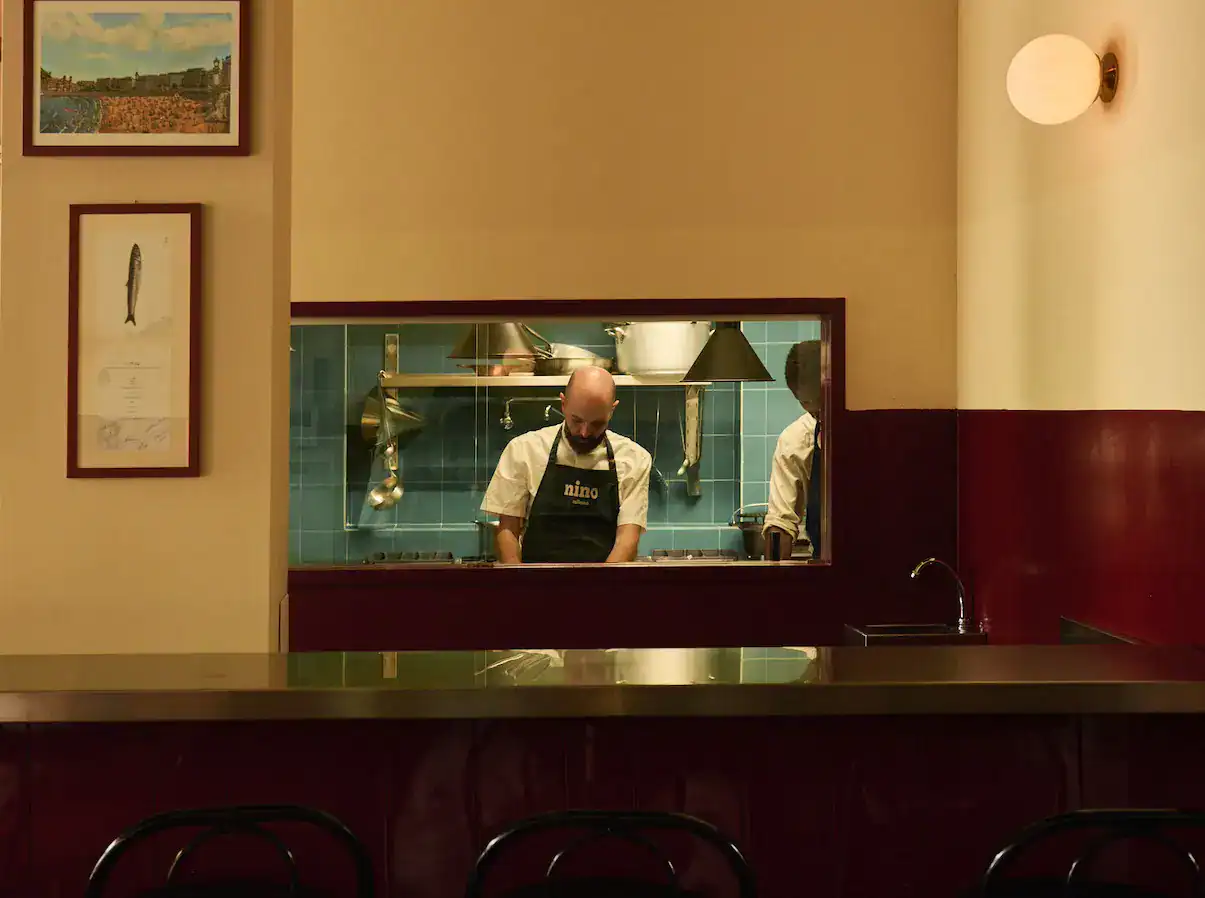 Diego Rossi of Trippa opens a new osteria: what you can eat at Nino Osteria con Cucina in Milan
Diego Rossi of Trippa opens a new osteria: what you can eat at Nino Osteria con Cucina in Milan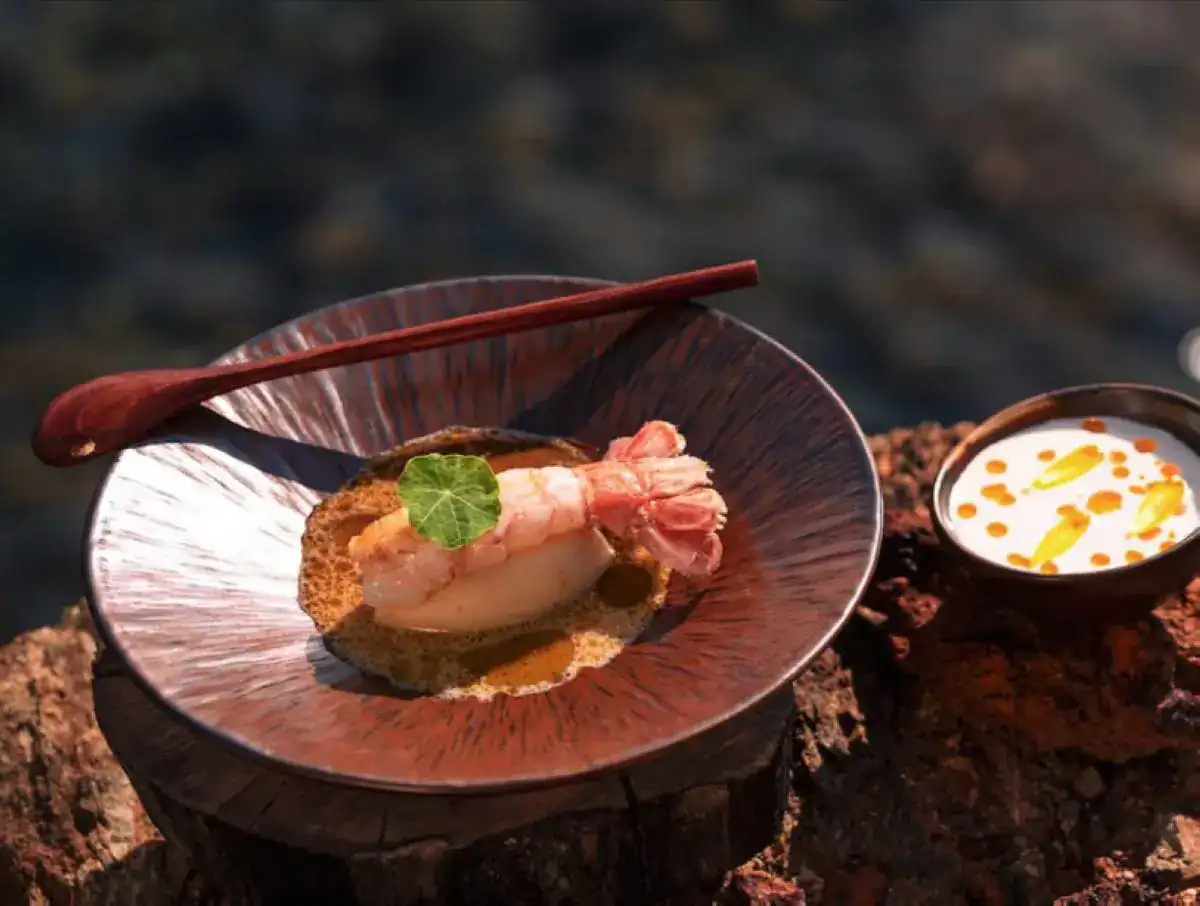 How you eat at Sentiero, the restaurant Elba Island was missing
How you eat at Sentiero, the restaurant Elba Island was missing

